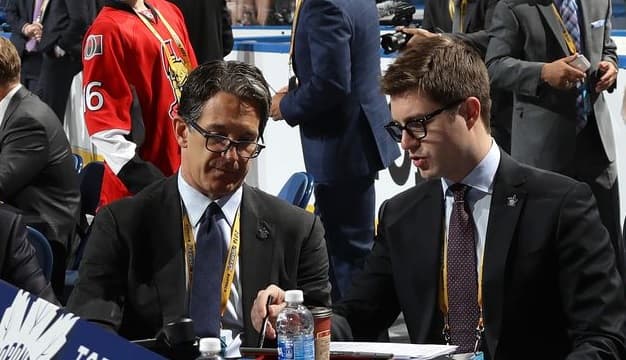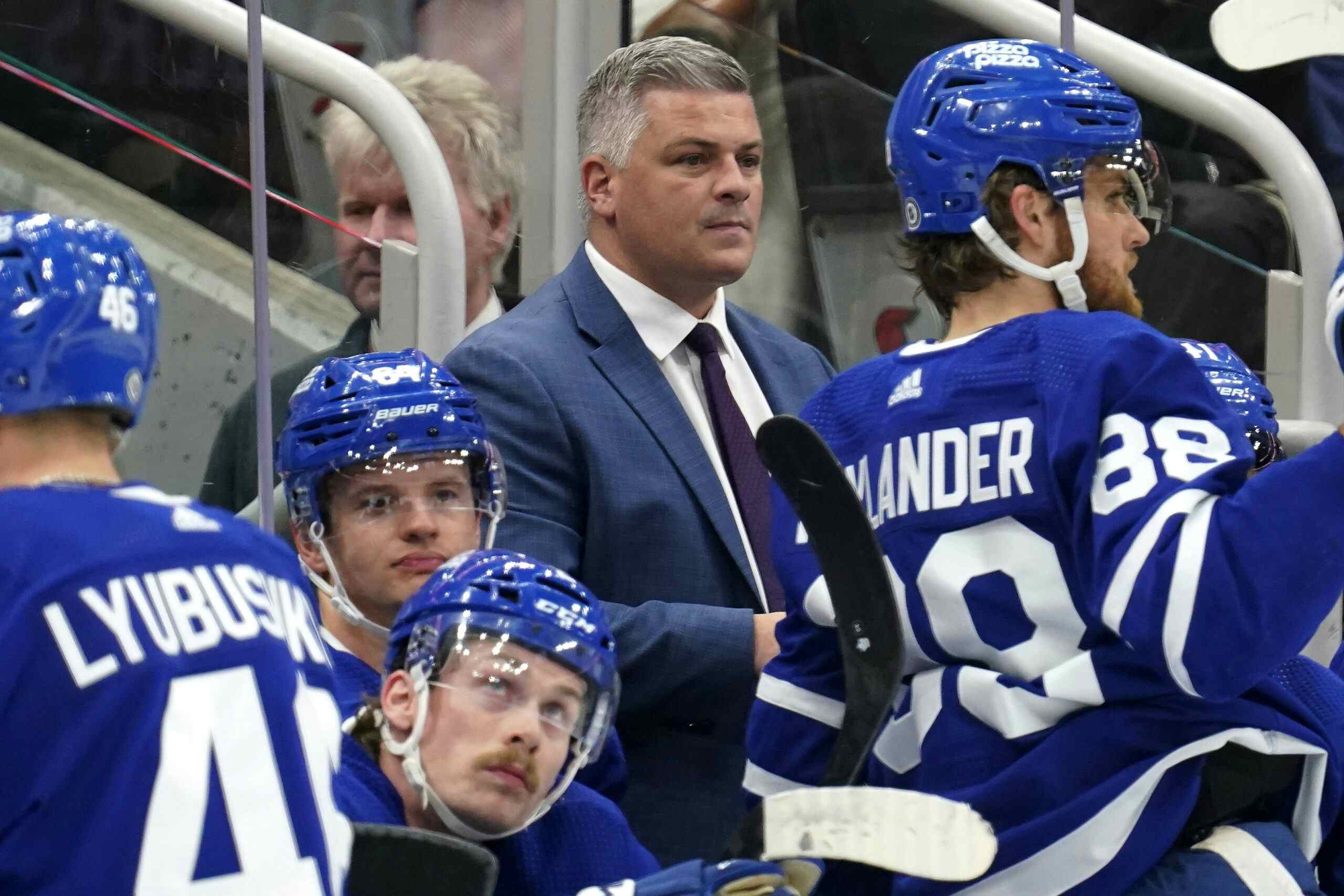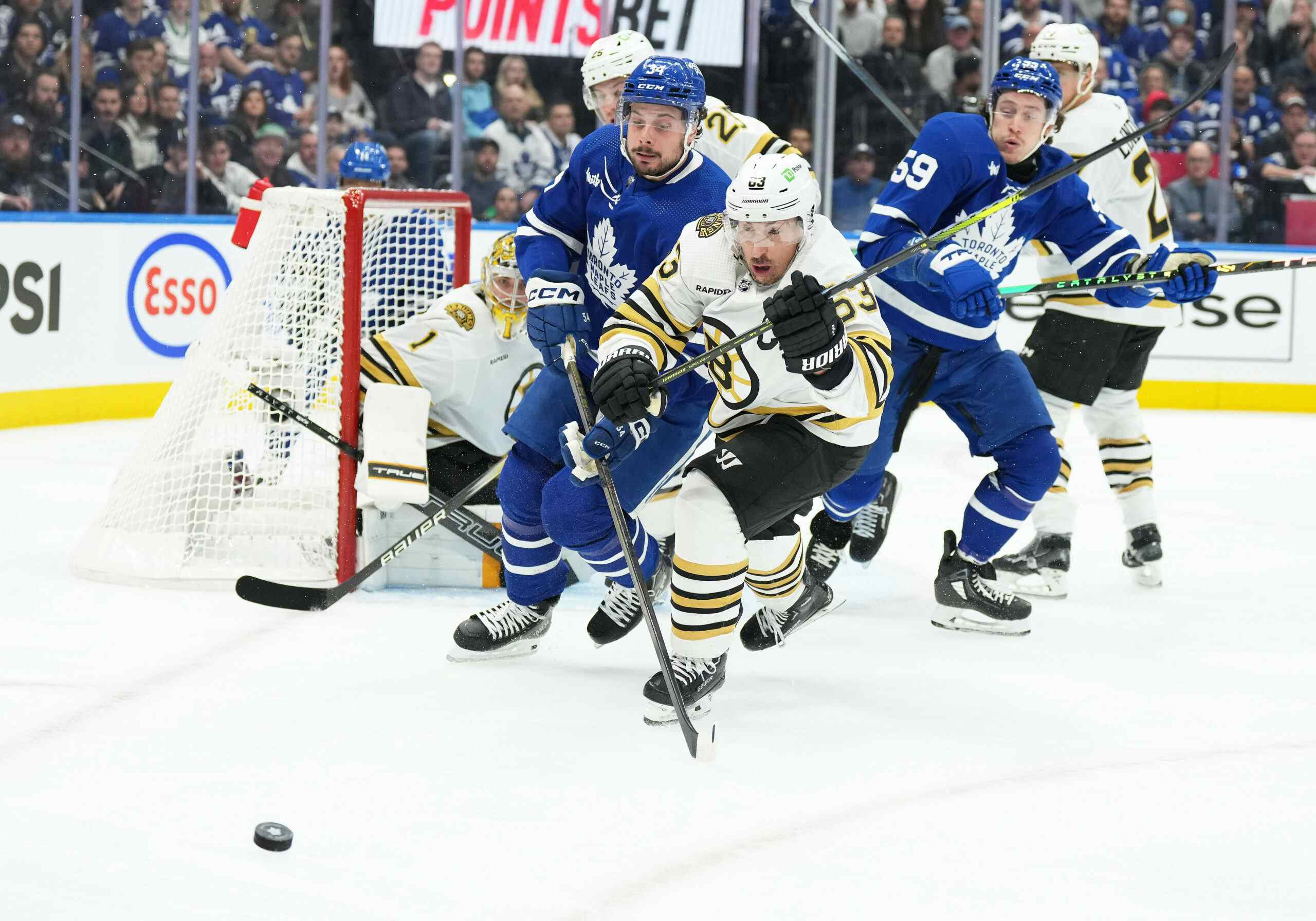Pick swaps in the 2020 NHL Entry Draft

In anticipation of the 2020 draft happening before the resumption of the NHL season, I wrote about ‘The Art of the Swap‘. That is the process of assigning a number value to draft picks, and trading down in order to increase the perceived value.
It surprised me to see that was already 6 months ago, and at the time it would have been even more surprising to know the draft wouldn’t occur until October. Nonetheless, I made a few predictions in that article that I was eager to see play out.
First off was the frequency of swaps. In the 6 previous drafts, there was an average of 7 swaps per draft. In 2020 there was a total of 11, including 5 swaps in the first 2 rounds. This falls just short of the 2019 high of 12, but still continues the upwards trend.
I also made the point that more swaps means more precedence, so as time goes on we should expect the surplus value to trend towards 0. That appears to be the case:

I really like this chart, but it can be hard to read. Each bar represents one draft day swap, and the height is the value of the trade down picks minus the value of the trade up pick. The green line is the average surplus swap value in a given draft year, and for context a 7th round pick has a value of 30-40.
What I’m trying to emphasize is that pick swaps are becoming both more common, and less rewarding.
2020 Swaps
The trades started with Calgary moving down twice in the first round, each time accepting a marginal surplus value. Typically trading down in the first round nets the biggest reward, but in the chart above you can see teams did much better trading down in the 2nd round. That’s not to say Calgary “lost” these trades, they just won by smaller margins.
Considering Calgary had only been involved in one draft day swap over the past 6 drafts, I would suggest a new voice in the room is privy to the data on draft day swaps. One name that stands out is Chris Snow, who was named an Assistant General Manager for the Flames after the 2019 draft. His role was defined by NHL.com, stating he “works closely with general manager Brad Treliving on all hockey-related matters with an emphasis on utilizing data to inform decision making across hockey operations.”
If Connor Zary was the Calgary’s guy and they knew he would be there at 24, they added two 3rd round picks for next to no cost. From the perspective of the Rangers and Capitals it’s a small price to pay in order to land their top pick.
No GM has been as aggressive as Doug Wilson of the Sharks in soliciting pick swaps. He struck early in the 2nd round, capitalizing on Buffalo’s desire to select JJ Peterka. San Jose’s reward for moving back from 34 to 38 was the 100th overall pick, which they later packaged with pick 126 in order to move up to 76 and select Daniil Gushchin.
Combining those two trades, San Jose started with 34 + 126, and ended up with 38 + 76. In the article I talked about how the willingness to swap picks fundamentally increases the value of their selections, and this is Exhibit A. When there wasn’t an urgent need to pick early in the 2nd round the Sharks traded back and banked some value. They didn’t have a 3rd round pick, so when Gushchin slid out of the 2nd round they cashed in 100th overall to move up 50 spots and select him.
In between those two trades, Detroit moved down from two of their picks. They moved out 45 and 65 in exchange for 51, 70, 97, and 132. Ultimately it comes down to the players available, but the at that point Red Wings were much better off with pick volume, especially considering they had already selected Lucas Raymond 4th overall. Detroit has now completed 4 draft day swaps in the past 7 drafts, 3 of which coming under Steve Yzerman. Safe to say he understands the value in trading down.
There were some other non-Leafs trades, including Philadelphia moving up to select Zayde Wisdom. He highlights an interesting pattern, that when teams trade up to select a player they sign that player at a higher rate than you would expect at that draft position. This makes intuitive sense, as teams move up to select a player they have a special interest in, but still you would not expect the 94th overall pick to be the first of his draft class to sign an ELC.
Leafs Swaps
Toronto made two trades, first down from 44, then up to 137 to select Dmirti Ovchinnikhov. This was not entirely surprising, Kyle Dubas has shown an affinity for swaps in the past. What stood out to me was that whether he moved up or down, Dubas was on the better side of the average surplus value that draft.

In 2015 he turned 24th overall into 34, 61, and 68. In 2018 he moved down in the first round to select Rasmus Sandin, picking up a 3rd rounder that would become Semyon Der-Arguchintsev.
In the 2020 draft Dubas got the exact same surplus value moving down from 44, as Calgary did moving down twice in the first round. He also parlayed that into Roni Hirvonen and Topi Niemela, either of whom he could have justified taking at 44.
Consider that Detroit traded the very next pick, 45th overall, for 51 + 97 when Dubas landed 59 and 64. The data says that Toronto got an 18.6% better return than Detroit, just one pick ahead.
He was just as efficient when moving up, swapping 153 and 212 for 137. That was the pick they used to select Ovchinnikhov. Just two picks later at 139, Colorado had to give up 149 and 211 for the privilege of selecting Ryder Rolston. It doesn’t seem like much, but why would Florida (previous holder of 137) favour Toronto’s offer over Colorado?
The Leafs gave up 8% less value than the Avalanche, and got the better pick.
Leafs picks
When you look closely at who the Leafs selected, you can see their draft philosophy is a calculated approach that maximizes pick value. There has not been a pick in recent drafts that you could point to and say the Leafs substituted a position of need for a high ceiling player. They have exploited every major market inefficiency, but also maximized value based on the framework of draft rights.
I won’t dive deep on each prospect’s play as some of the great writers here at TLN have already done so, but I will highlight what stood out to me about some picks.
Rodion Amirov was the top player on my list when the Leafs made their first pick, “Amirov or trade down” is what was going through my head. Besides being Russian he doesn’t fit any draft biases, but he showed a clear interest in coming to NA before the draft. The Leafs hold his rights indefinitely but need to wait until his KHL contract is over to sign him to an ELC. Not a whole lot to think about there.
The other two Russians selected by the Leafs better highlight the Russian bias the Leafs were exploiting. Ovchinnikhov played in Novosibirsk, which is about as far West from Los Angeles as it is East from New York. It would have been difficult to see him play live or talk to him in person, even before the pandemic. The Leafs moved up to select Dmitri , the only time the Leafs have moved up in the past 7 drafts, so they clearly see something in him. Artur Akhtyamov, the Goalie drafted by the Leafs, played his entire draft year in the Russian MHL and played in no international games. If a team didn’t have a dedicated MHL scout, he would have been easy to miss.
Hirvonen, Niemela, and Veeti Miettinen are all first time eligible Finns who the Leafs hold the rights to until 2024. Hirvonen and Miettinen are both 5’9″ Forwards who played for FInland at the u18 WJCs, but their paths are decidedly different. Hirvonen already has a full Liiga season under his belt, showing he can compete against men. Miettinen remained in Finnish Jr.A in order to commit to St. Cloud state for 2020-21. That means he will likely not sign an ELC until 2023 at the earliest, but that’s the development curve you might expect from a 6th round pick. Niemela is actually 6’0″and an RD, but at 163 lbs the ‘undersized’ tag probably applies to him.
With those 3 picks it is evident Dubas was willing to draft players who were undersized and perhaps playing slightly weaker opponents than their peers, if the high end talent was there. I haven’t seen enough of these 3 play to say for sure, but this reminds me of the Hockey IQ picks that Dubas put so much emphasis on in 2018.
The Leafs also addressed a position of need (RD) in the later rounds with William Villeneuve and Axel Rindell, both are average size but not known for their skating. That is something they’ll need to address to make it to the NHL level, but they each have made it work in their respective leagues. Villeneuve led his Saint John in scoring and was a finalist for QMJHL defenceman of the year, while his D partner Jeremie Poirier was the one drafted in the 3rd round. Rindell was drafted as a 20 year old, as he had a breakout rookie season in Liiga. I wrote a bit more in depth about him before the draft as one of my top overagers, but he was in the top 20 for D scoring in Liiga last season. If he wasn’t a 2000 birthday there’s no way he would be available in the 6th round, but the Leafs took a bet on him being a late bloomer.
I had no prior knowledge of the Leafs final 4 picks, so I’ll defer judgement until I’ve seen them play a few times. What I do know is that none of their rights expire before 2024, and three of them expire in 2025. That is a lot of runway for players to develop, which is ideal for later round picks. I remember poring over the stats of guys like Tony Cameranesi and Dominic Toninato to see of they were worth signing, but since them the Leafs haven’t had any real NCAA prospects outside of Joseph Woll. A few years down the road when one or two of these guys sign ELC’s, it will be fun to remember the Leafs traded Eric Fehr or Fedor Gordeev for the pick.
Blueprint
It was really interesting to see behind the scenes how these strategies played out:
Kyle Dubas’ enthusiasm for trading down stands out.
Recent articles from Earl Schwartz





